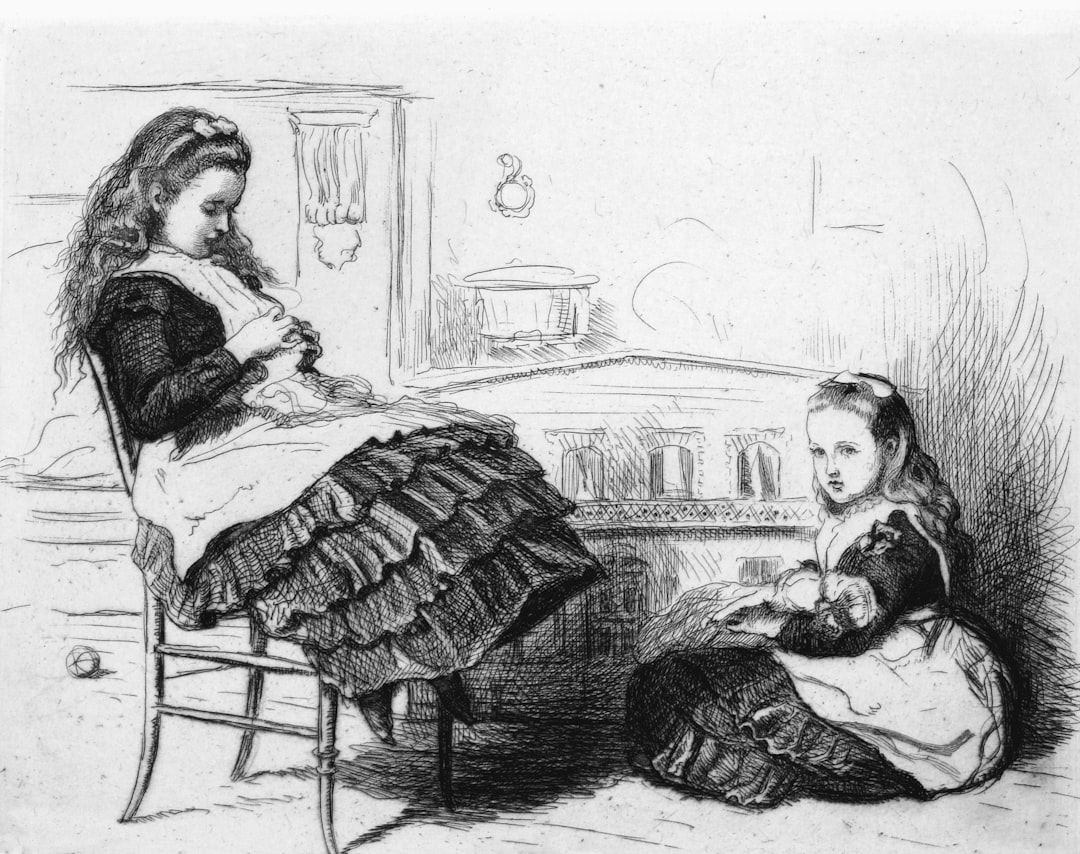Understanding Handmaids: History, Use, and Cultural Significance
Introduction
The term "handmaid" has long been woven into the fabric of human history, literature, and, more recently, popular culture. Traditionally, a handmaid refers to a female servant or attendant. Today, however, its meaning carries additional weight, thanks especially to Margaret Atwood’s dystopian novel The Handmaid’s Tale and its adaptations. This article explores the historic origins of handmaids, their depiction in literature and media, and their evolving symbolism. We’ll also examine the roles and duties of historical handmaids and provide comparative tables for a clearer understanding.
1. What is a Handmaid?
Definition:
A handmaid (also spelled handmaiden) is originally a female servant, particularly one attending a woman of high status.
Etymology:
The word comes from Old English hand-mægden, meaning “female attendant.”
2. Historical Context and Roles
Handmaids in history served queens, princesses, or noblewomen. Their roles required loyalty, discretion, and various domestic or personal skills. Unlike general household servants, handmaids were often directly involved in the day-to-day life of their mistress.
Common Duties
| Duty | Description |
|---|---|
| Dressing & Grooming | Assisting with clothing, hair, and personal appearance. |
| Running Errands | Delivering messages, fetching items, or accompanying in public. |
| Serving at Court | Attending upon the mistress during public or social events. |
| Confidential Duties | Keeping secrets, managing correspondence, or acting as confidant. |
| Childcare | Some handmaids helped care for children. |
Hierarchy of Female Servitude in Noble Houses
| Rank | Typical Title | Duties |
|---|---|---|
| Lady | Lady-in-waiting | Advisor, companion, manages other attendants |
| Handmaid | Handmaid/Handmaiden | Personal attendant, close daily helper |
| Maid | Chambermaid, Housemaid | Cleaning, laundry, household chores |
| Scullery | Scullery maid | Kitchen cleaning, washing dishes |
Note: In many cultures, terminologies and specific roles may vary.
3. Handmaids in Religious and Cultural Texts
Judeo-Christian References
Handmaids appear in the Bible:
- Hagar was Sarah’s handmaid who bore Abraham a child (Ishmael).
- Bilhah and Zilpah were handmaids to Rachel and Leah, respectively, in Genesis, who also bore children.
These narratives highlight the dual role of handmaids—as both servants and surrogate mothers, reflecting historical practices where barren noblewomen might have their husbands bear children with their handmaids.
4. Handmaids in Literature and Popular Culture
The Handmaid’s Tale (Margaret Atwood, 1985)
Perhaps the most influential modern representation, Atwood’s The Handmaid’s Tale reimagines the concept of handmaids in a dystopian future where fertile women (handmaids) are forced to bear children for the ruling elite.
Table: Comparison—Historical Handmaids vs. Atwood’s Handmaids
| Aspect | Historical Handmaid | Handmaid’s Tale Handmaid |
|---|---|---|
| Status | Servant to noblewomen | State-mandated surrogate |
| Major Duty | Personal attendance, discretion | Forced childbearing |
| Rights | Limited, but protected by mistress | No autonomy or legal rights |
| Social Mobility | Sometimes, if favored | None |
| Willingness | Often voluntary (though limited) | Entirely coerced |
Symbolism: In Atwood's work, the handmaid is a potent symbol of female oppression, reproductive control, and resistance.
Visual Iconography
The red dress and white bonnet, originating from Hulu’s TV adaptation, have become global symbols in protests advocating for women’s rights and bodily autonomy.
5. The Handmaid’s Tale in Contemporary Society
The image of the handmaid is now frequently invoked in:
- Feminist protests: Advocates dress as handmaids to protest legal and political attempts to control women’s bodies.
- Literature & Academics: The book is staple reading for discussions on gender, power, and autonomy.
Table: Handmaid Imagery in Modern Protests
| Event/Country | Year | Purpose of Handmaid Costume |
|---|---|---|
| U.S. (various states) | 2017-2024 | Protesting abortion restrictions |
| Ireland | 2018 | Advocating for abortion rights |
| Argentina | 2019 | Calling for reproductive rights legislation |
| Poland | 2020 | Protest against abortion bans |
6. Other Cultural Representations
Handmaids or similar figures appear in:
- Folklore: As loyal helpers or confidantes in fairy tales.
- Shakespearean plays: e.g., Juliet’s Nurse in Romeo and Juliet.
- Television/Film: Various period and fantasy series.
7. Conclusion
From historical servants to literary metaphors for agency and subjugation, the figure of the handmaid is both ancient and modern. Its persistence underlines society’s ongoing struggles with issues of gender, power, and autonomy. Whether as a real person in the halls of palaces or as a character in dystopian fiction, the handmaid continues to serve as a powerful lens through which we examine the past and contemplate the future.
Further Reading
- The Handmaid’s Tale by Margaret Atwood
- Women’s Work: The First 20,000 Years by Elizabeth Wayland Barber
- Servants: A Downstairs View of Twentieth-century Britain by Lucy Lethbridge
Frequently Asked Questions
Q1: Were historical handmaids ever able to rise above their station?
A: Occasionally, if especially favored by their mistress or master (as in royal courts), handmaids could achieve higher status or marry well, though this was rare.
Q2: Is the concept of the handmaid unique to Western culture?
A: No, various forms of personal female servants existed in many cultures, such as the aya in India or the amah in China.
By understanding the handmaid’s journey across history and fiction, we better appreciate her enduring role as witness, servant, and sometimes unwilling participant in the story of humanity.
